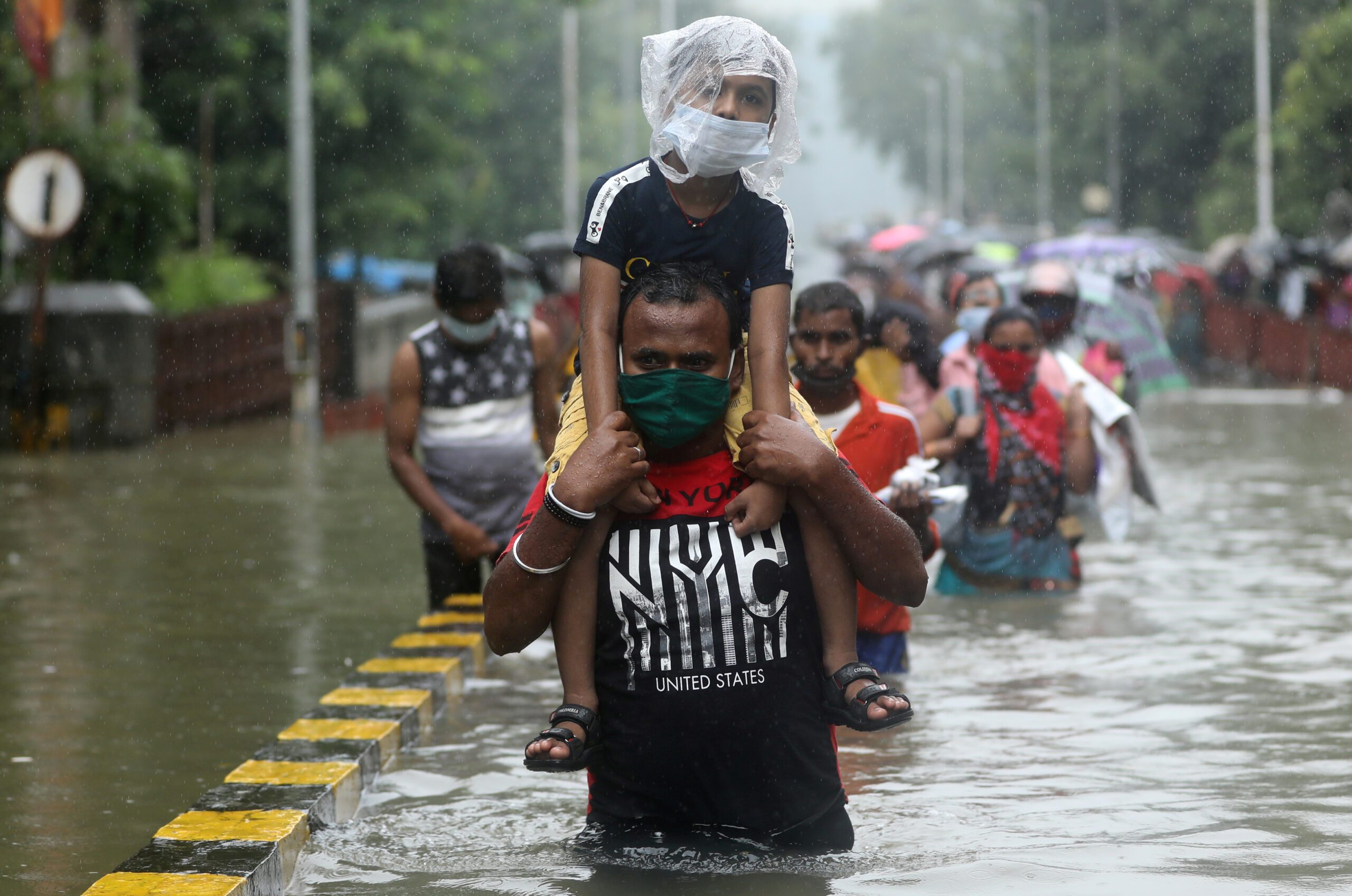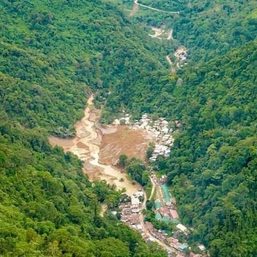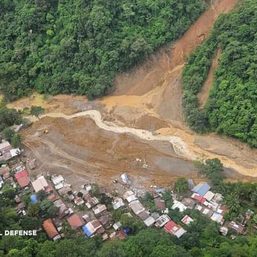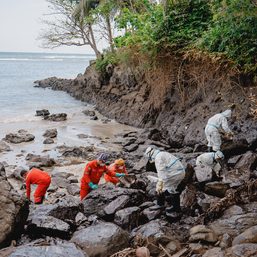SUMMARY
This is AI generated summarization, which may have errors. For context, always refer to the full article.

KUALA LUMPUR, Malaysia – From deadly Hurricane Ida in the United States to devastating floods in China and Europe, climate change-fueled disasters have cost the world tens of billions of dollars in 2021, with both the poor and the rich hit hard, researchers said on Monday, December 27.
Floods, storms, and drought also killed and displaced millions of people across some of the world’s poorest regions, highlighting the rising injustice of impacts as the planet warms, humanitarian charity Christian Aid said in a report.
“The costs of climate change have been grave this year,” said Kat Kramer, climate policy lead at Christian Aid and author of “Counting the cost 2021: a year of climate breakdown.”
“While it was good to see some progress made at the (UN) COP26 summit, it is clear (we are) not on track to ensure a safe and prosperous world,” she added.
The report identified 15 of the most destructive climate disasters of the year, including 10 that each caused $1.5 billion or more in losses, with damage wrought by wild weather felt everywhere from Australia to India, South Sudan and Canada.
The financial and human costs of climate change are expected to keep soaring unless governments step up efforts to cut emissions and rein in global warming, the report said.
Growing calls from at-risk nations to establish a new fund to help cover climate-linked “loss and damage” in a hotter world must be a “global priority” in 2022, said Nushrat Chowdhury, Christian Aid’s climate justice advisor in Bangladesh.
Mohamed Adow, director of Power Shift Africa, a Nairobi-based think-tank, noted Africa had borne the brunt of some of the most devastating – if not the most expensive – impacts this year, from flooding to drought.
“(2022) needs to be the year we provide real financial support for those on the frontline of the crisis,” he added.
Here are some facts about the most costly disasters of 2021:
- Hurricane Ida, which struck the United States in August, topped the list for damage at $65 billion. The fifth-strongest hurricane to make landfall in the country killed 95 people and left many with destroyed homes and no power. In addition, a winter storm that hit Texas in February caused a massive power outage and racked up $23 billion in losses.
- Severe flooding that swept western and central Europe in the summer of 2021 caused huge losses of $43 billion and a death toll of more than 240. Germany, France, the Netherlands, Belgium, and other countries were hit by extreme rainfall that scientists say was made more likely and frequent by global warming.
- Four of the 10 most expensive disasters occurred in Asia, with the costs of floods and typhoons in the region adding up to a combined $24 billion.
- Some of the disasters hit quickly and forcefully. Cyclone Yaas, which struck India and Bangladesh in May, led to $3 billion in damage in just a few days, and forced more than 1.2 million people to evacuate from their homes in low-lying areas.
- In China, torrential rains in the central province of Henan caused huge floods in July, with damage of $17.6 billion and 302 reported dead. The rain that fell in the provincial capital Zhengzhou over three days was nearly equivalent to its annual average, inundating its subway system.
- The real costs of extreme weather are likely to be more than the report’s estimates, which are mostly based on insured losses. The financial hit tends to be bigger in rich nations which can afford insurance and have higher property values.
- Some weather extremes have a low financial burden but a high human toll, especially in the most vulnerable places. For example, floods in South Sudan from July to November forced more than 850,000 people from their homes, many of whom were already displaced by conflict or other disasters.
Source: Christian Aid, “Counting the cost 2021: a year of climate breakdown”
– Rappler.com
Add a comment
How does this make you feel?





There are no comments yet. Add your comment to start the conversation.